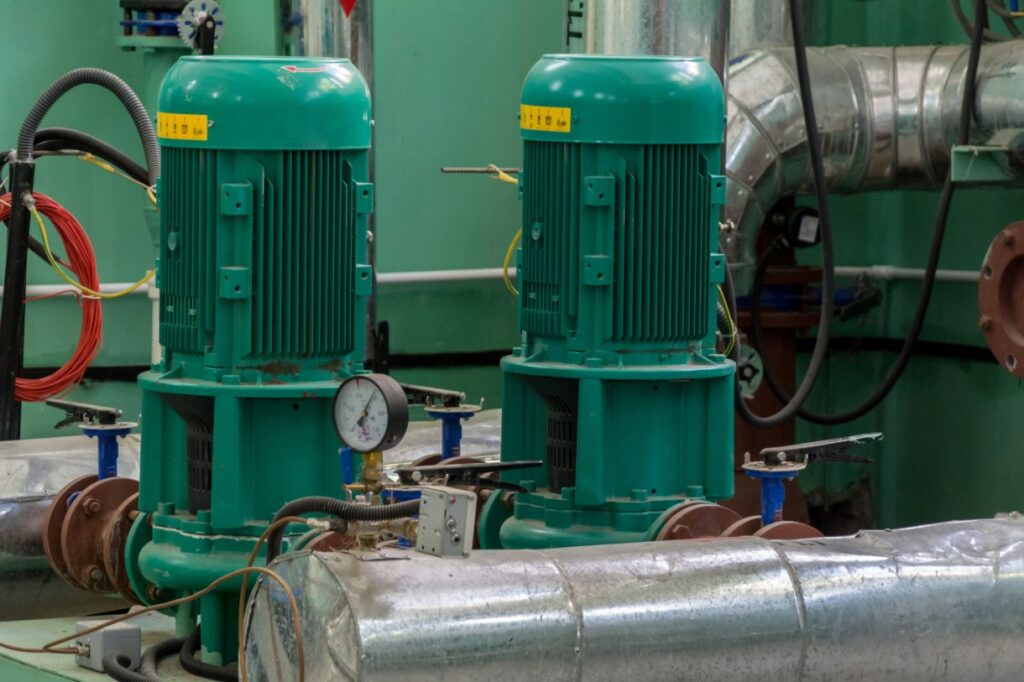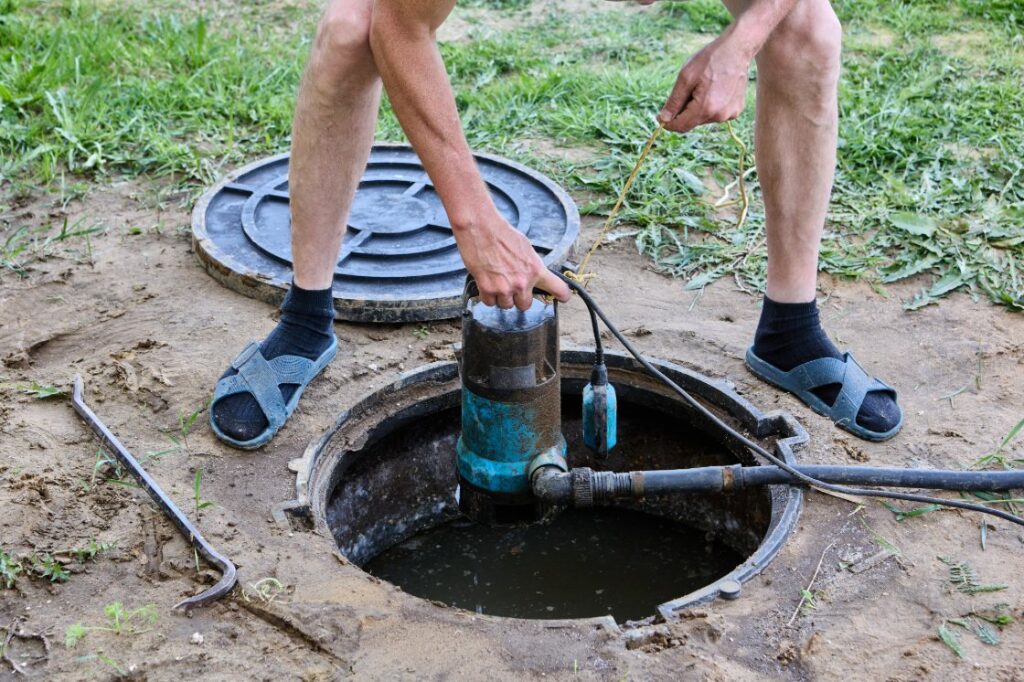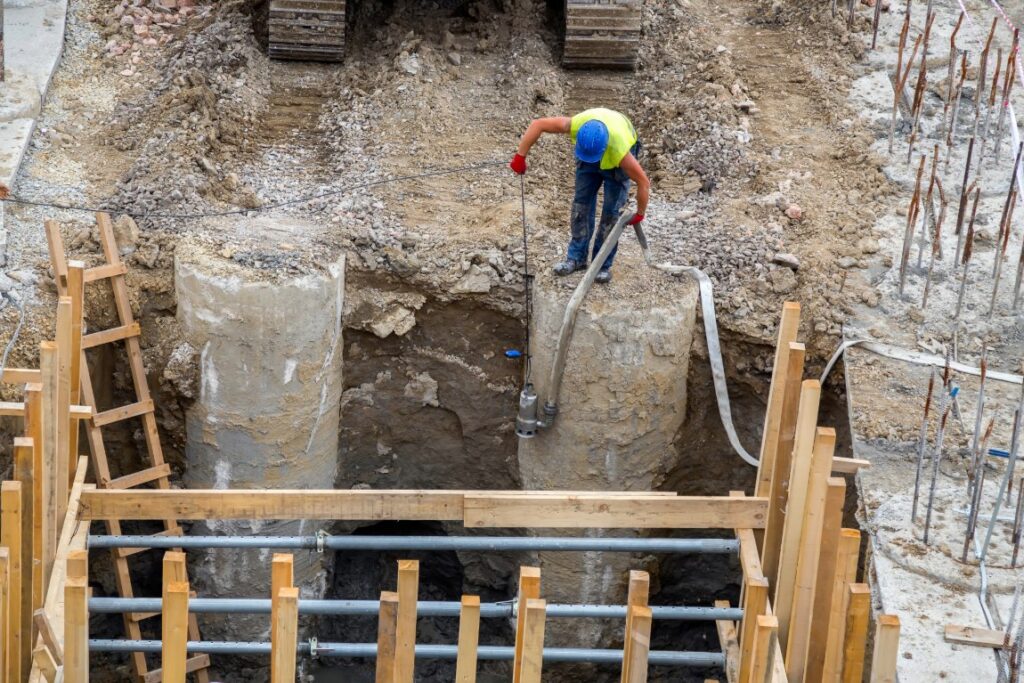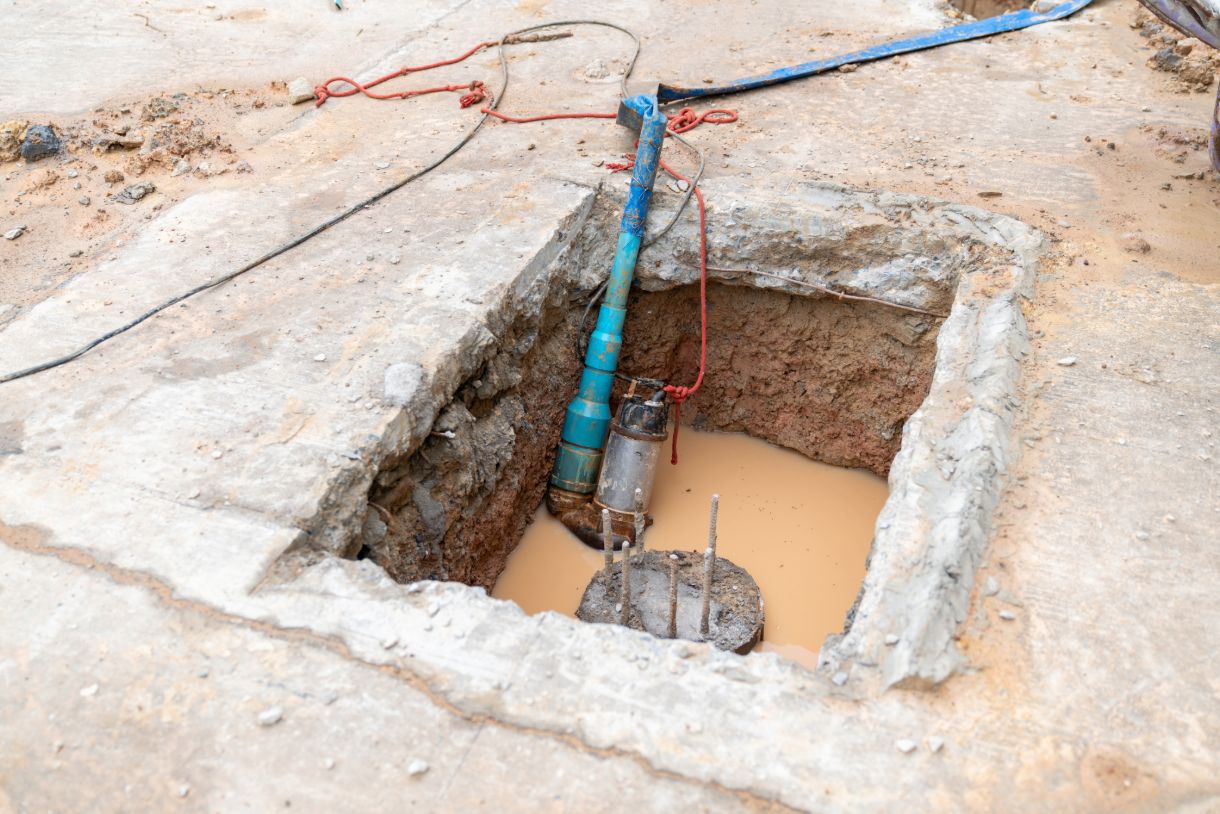Across mining, oil & gas, military, naval, and municipal projects, the operational stakes for fluid handling are high: continuous dewatering of shafts, reliable movement of produced water, rapid drawdown of flooded assets, and stable control of tailings and slurries. Procurement and engineering leaders need pumping systems that combine high lift, uptime, and predictable lifecycle costs under harsh, variable conditions.
An electric submersible pump addresses these pressures by placing the motor and hydraulics directly in the fluid, eliminating suction limitations and reducing cavitation risk. The result is efficient vertical lift from deep sources, a compact surface footprint, and faster commissioning compared to complex above-ground assemblies. Deployed as an electric submersible water pump for wells and reservoirs—or specified as an electrical submersible pump for industrial fluids—the same core architecture delivers consistent throughput where access is constrained and reliability is non-negotiable.
For decision-makers focused on performance and ROI, the value case is clear: an electric submersible pump supports higher mean time between failure, better energy use per cubic meter moved, and fewer unplanned stoppages. Variable-speed control further optimizes duty points across changing heads and flows, while rugged materials and sealed designs cut maintenance exposure. Whether the scope involves mine dewatering, coastal or harbor operations, or municipal storm response, an electric submersible pump provides a proven path to lower total cost of ownership and resilient operations at scale.
What is an Electric Submersible Pump?
An electric submersible pump is a type of pumping system designed to operate fully submerged in the liquid it moves, making it one of the most efficient solutions for handling water and slurry in deep or challenging environments. Unlike surface-mounted systems, an electric submersible pump is placed directly in the fluid source, allowing it to push liquid upward rather than relying on suction. This design significantly reduces the risk of cavitation and enhances pumping reliability in critical operations such as mining, oil & gas, municipal water supply, and military applications.
At its core, an electric submersible pump consists of several key components working seamlessly together. The sealed motor is engineered for continuous underwater operation, protecting against fluid ingress and ensuring long service life. A series of multi-stage impellers are mounted on the pump shaft to progressively accelerate fluid, generating the pressure needed to move liquid vertically through long discharge columns. A diffuser surrounds the impellers to convert velocity into pressure, while the durable casing provides structural integrity in abrasive or high-pressure conditions. Finally, a robust power cable extends from the surface to the motor, delivering reliable electricity for uninterrupted pumping.
The terminology used in the industry often varies. Some professionals refer to the system as an electrical submersible pump, while others call it an electric submersible pump. Both terms describe the same technology, and both highlight the electrically driven nature of the pump as opposed to diesel or hydraulic alternatives. Similarly, when used in water-specific applications such as deep well extraction or reservoir management, the term electric submersible water pump is commonly applied. For procurement teams and engineering managers, recognizing these interchangeable terms is important when evaluating suppliers and technical documentation.
Because of its submerged design, an electric submersible pump is compact, self-priming, and highly effective at managing large volumes of liquid from deep sources. Whether it is specified as an electrical submersible pump in an oilfield operation or an electric submersible water pump in a municipal water system, the underlying technology provides the same outcome: efficient, dependable fluid movement in environments where other pump types struggle to perform.
Working Principle of Electric Submersible Pumps

An electric submersible pump operates entirely beneath the liquid surface, with its motor and impellers fully immersed. The process begins when power is supplied to the sealed motor, which is specifically engineered to withstand prolonged submersion. Once activated, the motor drives the shaft and rotates the impellers. As the impellers spin, they draw fluid into the intake and accelerate it, imparting kinetic energy. This fluid then moves into a diffuser, where velocity is converted into pressure, forcing the liquid upward through the discharge column.
Because the electric submersible pump is submerged at the source, it is inherently self-priming. Unlike surface pumps that depend on suction, this design eliminates air pockets and minimizes cavitation—two issues that commonly cause performance loss or premature wear. The efficiency of this design is especially critical in demanding sectors where reliability under continuous operation is essential.
When specified as an electrical submersible pump, the system is often paired with variable-speed drives to allow precise flow and head control. This adaptability ensures optimal operation across fluctuating conditions in wells, reservoirs, or processing plants. In water-focused projects, an electric submersible water pump delivers high lift capacity, enabling operators to extract fluid from hundreds of meters below the surface without significant energy loss. Whether used for municipal water supply, mining dewatering, or industrial tailings management, the underlying principle remains the same: direct, efficient, and uninterrupted pumping from depth.
Application in Deep Water Operations
The versatility of an electric submersible pump makes it a dependable solution across diverse deep-water environments. In municipal and naval projects, these pumps are widely deployed in deep wells, reservoirs, and coastal infrastructure to ensure consistent water availability. By operating fully submerged, the electrical submersible pump delivers uninterrupted service even in variable conditions such as tidal fluctuations or stormwater surges.
In mining and oil & gas operations, an electric submersible pump is indispensable for dewatering shafts, handling abrasive tailings, and moving high volumes of liquid from depths measured in hundreds of meters. The combination of durability and capacity makes these systems far more effective than traditional surface-mounted designs. For slurry-laden applications, an electric submersible water pump fitted with abrasion-resistant materials maintains throughput while reducing wear rates, directly impacting operating costs.
Government and military organizations also depend on the reliability of electrical submersible pumps for critical operations. From harbor maintenance and coastal defense projects to emergency pumping during natural disasters, these systems provide rapid deployment, high capacity, and dependable performance under mission-critical conditions.
From an investment perspective, the ROI of an electric submersible pump is measured not only in reduced downtime but also in optimized energy use and lower maintenance exposure. The ability of an electrical submersible pump to sustain continuous, high-volume output directly supports throughput targets in industrial operations, while the resilience of an electric submersible water pump ensures long service life. For procurement teams and contractors, this translates into improved efficiency, minimized operational risk, and a clear path to long-term cost savings.
Role in Slurry and Abrasive Fluid Management
An electric submersible pump is not limited to clean water applications; it can also be engineered to handle highly abrasive slurries and solid-laden fluids. By incorporating abrasion-resistant alloys, reinforced impellers, and heavy-duty seals, the pump is adapted to withstand the constant wear associated with transporting mixtures of liquid and solids. These modifications extend the operating life of the unit and ensure reliable performance in environments where conventional pumps would quickly fail.
The distinction between a standard electric submersible pump and a purpose-built submersible slurry pump lies in durability and material selection. While both systems operate on the same principle of submersion and impeller-driven fluid acceleration, slurry versions are built with thicker casings, replaceable wear plates, and protective coatings. This allows them to move dense mixtures without compromising motor integrity or hydraulic efficiency.
Real-world applications for slurry-capable ESPs include mine dewatering where fine particulates are present, dredging operations that require direct removal of sediment from the seabed, and industrial sludge removal in chemical and metallurgical facilities. Municipal wastewater treatment plants also employ the electrical submersible pump for continuous operation in sediment-heavy basins. In each case, the use of an electric submersible water pump configured for abrasive fluids ensures reduced maintenance cycles and longer service intervals, translating directly into lower operating costs and improved reliability in critical projects.
Key Advantages of Electric Submersible Pumps

The technical strengths of the electric submersible pump make it a preferred choice for industries that demand efficiency and reliability. Its design inherently reduces cavitation, operates as a self-priming system, and delivers high-capacity handling of fluids from significant depths. Because the pump is positioned within the liquid source, it requires less energy to initiate flow, optimizing performance across a wide range of operating conditions.
From an operational perspective, the electric submersible pump offers several benefits. Its compact footprint minimizes the need for large surface infrastructure, while a simplified setup reduces installation time. Once in operation, the sealed motor and multi-stage impeller arrangement enable continuous pumping, even in harsh or variable conditions. This reliability is why the electrical submersible pump is trusted in sectors ranging from mining and oil & gas to municipal and defense operations.
The economic impact is equally significant. By reducing downtime and lowering energy consumption per unit pumped, an electric submersible water pump provides measurable savings over the lifecycle of a project. The combination of extended equipment life, fewer unplanned stoppages, and lower maintenance exposure makes the electrical submersible pump a financially sound choice for procurement teams. Decision-makers evaluating capital investments consistently find that the lifecycle value of an electric submersible pump outweighs the upfront expense, ensuring long-term ROI and operational efficiency.
Industry Case Applications
In the mining sector, the electric submersible pump has become a cornerstone for managing abrasive tailings, groundwater inflows, and slurry transfer. Its ability to operate fully submerged, combined with abrasion-resistant construction, allows it to handle fine particulates and dense mixtures without excessive wear. By deploying an electric submersible pump directly into pits and tailings ponds, operators reduce the need for complex suction pipework and achieve continuous dewatering that keeps production schedules on track.
In oil & gas, the electrical submersible pump plays a critical role in artificial lift systems, where fluids must be raised from wells that extend thousands of meters below the surface. These pumps deliver reliable high-volume flow rates, ensuring consistent production while minimizing downtime caused by pressure drops or equipment failure. Beyond artificial lift, an electric submersible water pump is also applied in produced water handling, moving large quantities of fluid for reinjection, treatment, or disposal.
Municipal and defense operations also benefit from the versatility of the electric submersible pump. In coastal and naval projects, it ensures dependable deep water supply and harbor maintenance under fluctuating tidal conditions. During flood emergencies or disaster response, the electrical submersible pump provides high-capacity pumping for rapid drawdown, protecting infrastructure and restoring service continuity. For municipalities managing reservoirs or wastewater facilities, an electric submersible water pump offers the assurance of uninterrupted fluid movement with reduced risk of cavitation or system failure.
Selecting the Right Electric Submersible Pump

Choosing the correct electric submersible pump for an operation requires a detailed assessment of project conditions. Key variables include depth, fluid composition, solids concentration, and expected flow rate. For example, a pump specified for clean groundwater extraction will differ significantly from one engineered to manage abrasive slurries or corrosive fluids. Durability requirements must also be factored in, ensuring the pump’s casing, impellers, and seals are built to withstand continuous duty under site-specific challenges.
Beyond technical specifications, decision-makers should evaluate the total support ecosystem surrounding the electric submersible pump. Supplier expertise is critical—not only in recommending the appropriate unit size and configuration but also in providing installation guidance and long-term operational support. The availability of spare parts, maintenance services, and technical consultation directly influences uptime and lifecycle performance. Without these safeguards, even a well-designed pump can fall short of its expected return on investment.
In many industries, the choice between an electrical submersible pump and alternative pumping technologies comes down to proven reliability and efficiency. An electric submersible water pump delivers consistent performance across municipal, mining, and industrial projects, offering high-capacity fluid movement with reduced risk of cavitation. Procurement teams must therefore weigh not only initial cost but also the assurance of continuity, adaptability, and technical backing.
Plus Pumps strengthens this decision-making process by partnering with globally trusted manufacturers. By combining advanced pump technology with dependable after-sales service, Plus Pumps ensures that every electric submersible pump solution is optimized for reliability, operational efficiency, and long-term ROI.
Maximizing ROI with Electric Submersible Pump Solutions
The role of the electric submersible pump in modern industry is defined by its ability to perform where conventional pumping systems fall short. In deep water environments, it provides efficient vertical lift with minimal energy loss, while in slurry-heavy conditions, it maintains throughput and reliability through abrasion-resistant design. These combined strengths make the electric submersible pump indispensable for mining, oil & gas, municipal, and defense operations where uptime and consistent performance are non-negotiable.
For large-scale projects, the long-term value of an electrical submersible pump extends beyond its immediate pumping capacity. Operators benefit from reduced cavitation, extended equipment life, and lower maintenance exposure, all of which directly impact cost-effectiveness and ROI. Whether deployed as an electric submersible water pump in reservoirs or as a heavy-duty solution in industrial slurry transfer, the technology delivers the resilience and efficiency procurement teams demand. Plus Pumps partners with leading manufacturers to ensure every electric submersible pump supplied is supported by technical expertise, after-sales service, and spare parts availability. For organizations seeking tailored solutions, electric submersible water pump options from Plus Pumps provide the performance, durability, and reliability needed to keep critical operations moving without interruption. Contact Plus Pumps today to explore a full range of configurations designed for your industry-specific requirements.



